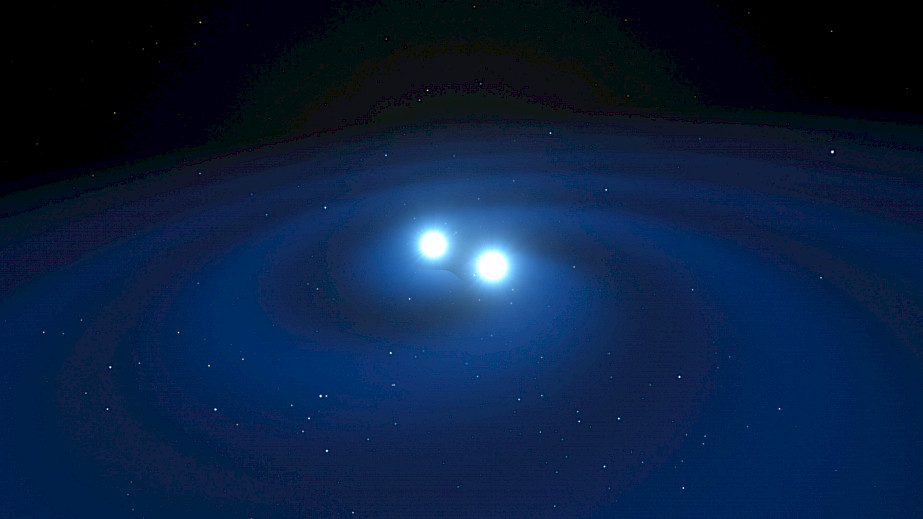Researchers from the Center of Physics of the University of Coimbra study the nature of dark matter
An international project led by the Center of Physics of the University of Coimbra is investigating the nature of dark matter by studying compact stars and the physics of gravitational waves.
The project "An imprint of dark matter on neutron stars and their mergers" aims to investigate the nature of dark matter by studying its impact on the properties of neutron stars and binary neutron star mergers. Dark matter is a matter that doesn't emit light and is therefore invisible to our telescopes. Alternatively, it could be studied through its gravitational interaction with visible matter. Dark matter constitutes approximately 85% of the total matter in the universe, accounting for more than five times as much as all ordinary matter. Despite many decades of studying the impact of dark matter on the galaxy formation process and large-scale structure, its nature still remains unknown. In this context, compact stars are the perfect laboratories to study dark matter as it could be accumulated in their interior modifying the observable properties. By analyzing observational data and performing numerical simulations of binary coalescence of dark matter-admixed neutron stars an international group of scientists tries to find an answer to the long-standing problem of dark matter. The project is led by Dr. Violetta Sagun, a researcher at the Centre for Physics of the University of Coimbra (CFisUC), and financed by the Fundação para a Ciência e a Tecnologia (FCT). The team of researchers includes scientists from the Centre for Physics of the University of Coimbra (CFisUC); the Centre for Astrophysics and Gravitation (CENTRA), Instituto Superior Técnico, University of Lisbon; Institute of Physics and Astronomy, University of Potsdam (Germany); Max Planck Institute for Gravitational Physics (Albert Einstein Institute) (Germany) and Incubator of Scientific Excellence-Centre for Simulations of Superdense Fluids, University of Wroclaw (Poland).

Credit: ESO/L. Calçada/M. Kornmesser
